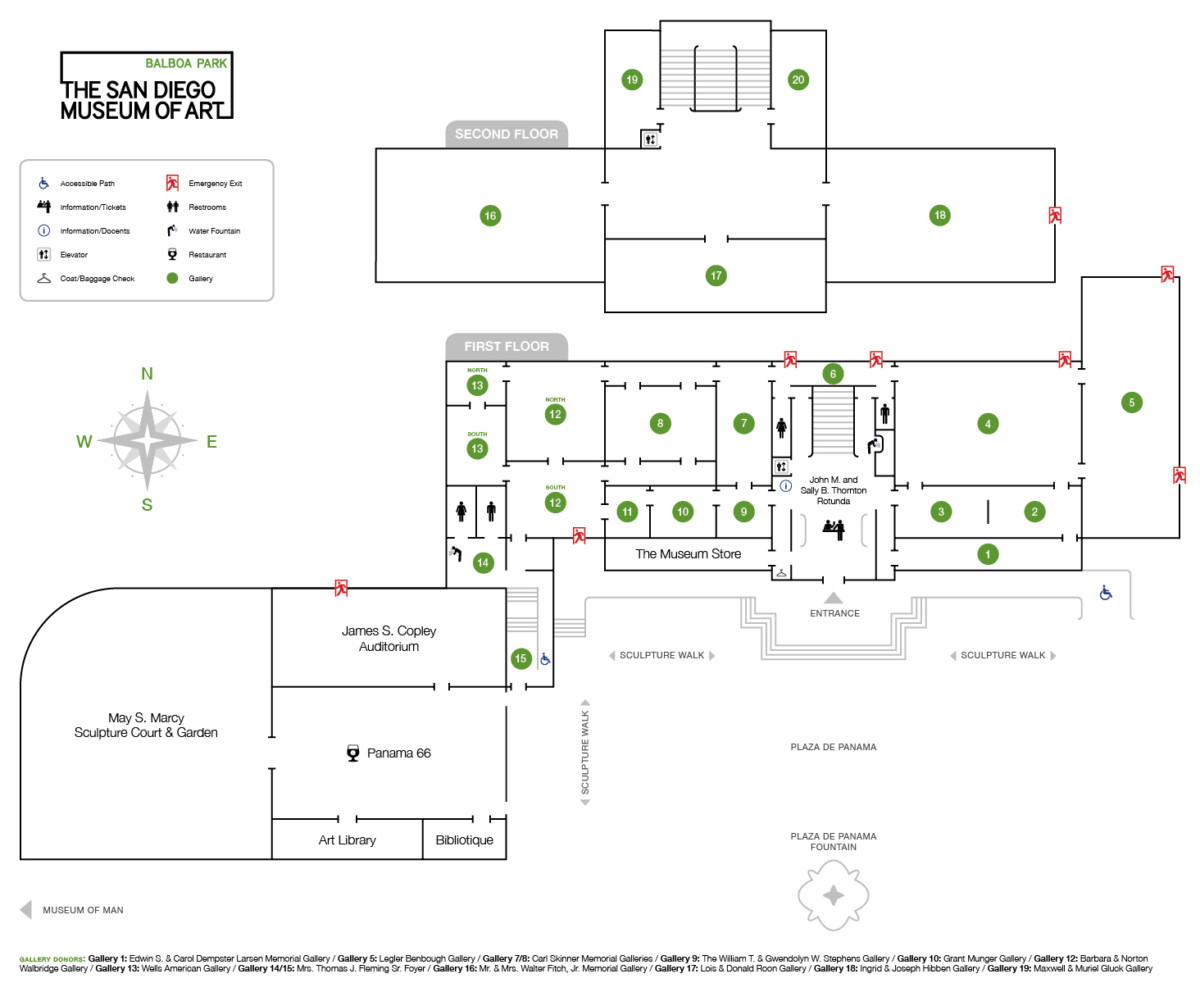European Masterpieces from the Grasset Collection
The Grasset Collection features masterpieces of exquisite beauty from the leading Dutch, Flemish and Spanish still-life painters of the 17th century, a time known as the “Golden Age” for its prosperity and patronage of the arts. The selection of 40 paintings in this exhibition, never displayed publicly, includes landscapes ranging from masters like Jan Brueghel the Elder and Barent Avercamp to the greatest of all Venetian view-painters, Canaletto.
Still life of the Golden Age
By the 1600s, the fashion for fine still-life painting had swept Europe, with famous examples by Caravaggio and Juan Sánchez Cotán providing the impetus for generations of artists to follow. In the north, the craze for floral still life may be rooted in the emergence of a strong merchant class in the Netherlands, whose wealth is lavishly represented in this exhibition by richly laid tables. The floral still life reflected growing interest in botany, not to mention the burgeoning trade of bulbs and flowers, as was also related to vanitas themes, which enjoyed widespread popularity—cut flowers being the ultimate reminder that life does not last forever.
Among the delights are still-life paintings of sumptuous banquet scenes with fruit, cheese, silver, and blue and white Chinese export porcelain, as exemplified in the painting featured to the right, by Juan van der Hamen y León (Madrid, 1596–1631). Famous during his own lifetime, van der Hamen is hailed today as one of Europe’s greatest still-life painters and among the most important Spanish painters of the 1600s.
Landscape of the Golden Age
Similar to the history of the still life, the genre of landscape also became popular throughout northern Europe around 1600, led by Pieter Brueghel and his sons Pieter II and Jan Brueghel I, who worked in Antwerp. Jan Brueghel, who was born in Brussels into an artistic family, was a pioneer of realism. In 1589, Jan traveled to Italy, working mainly in Naples, Rome and Milan. Upon his return to the Netherlands, Brueghel’s landscape became notably more naturalistic, featuring everyday peasants and a characteristic low horizon line. His busy riverside scene of 1610 comes from this later period, and showcases a treatment of river, trees and sky drawn from his observations of nature.
Flemish landscape painting had a major impact on Dutch artists of the 17th century, led at the outset by Jacob van Ruisdael and Esias van de Velde in Haarlem and Amsterdam. Maritime scenes also became increasingly popular, reflecting the interest of great seafaring nation in naval power and global trade.
Still lifes and landscapes were not merely pretty pictures, but rather reflected a changing worldview in Europe that was shaped by science, exploration, and a fascination with Asian and American luxury goods and species. Brueghel to Canaletto offers us a window into this pivotal moment in history and the desires of the time, when the rising power of the merchant class, built on overseas trade, created the conditions for the displays of wealth in still-life table settings like van der Hamen’s, replete with fine wines, exotic fruits, cheeses, and East Asian porcelain.
 |
This exhibition is accompanied by a series of programs:
Friends’ Lecture & Reception | Friday, April 1 Members’ Preview | Saturday, April 2 Painting On Tap | Thursday, April 14 A Fresh Look at the Old Masters | Saturday, May 7 |
Brueghel to Canaletto: European Masterpieces from the Grasset Collection was made possible by a loan from the private collection of the Grasset family of Spain.


